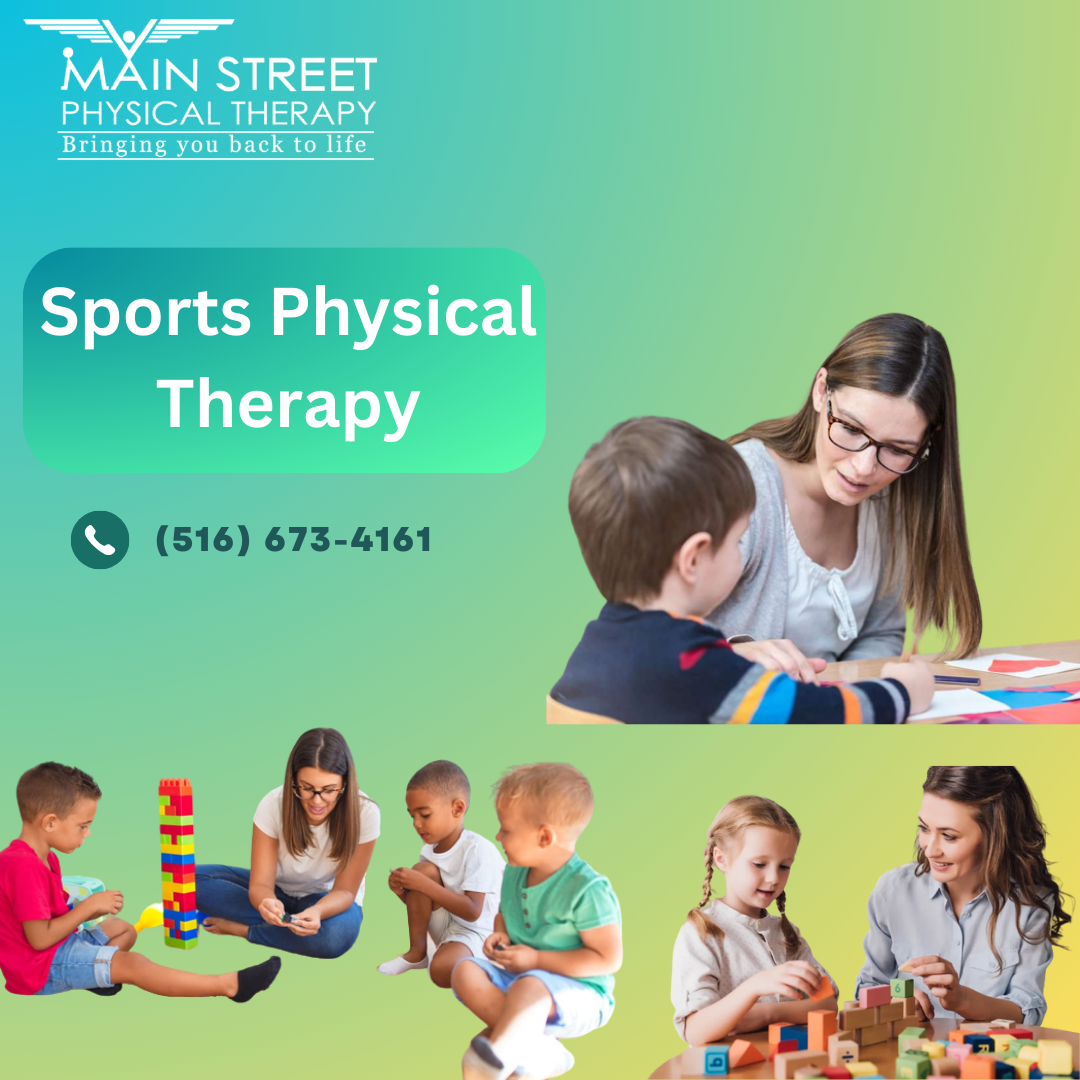Preventing Sports Injuries in Young Athletes
Sports are an important part of many children's lives. They provide exercise, teach important life lessons like teamwork and sports skills, and are just plain fun. However, sports injuries can also occur if proper precautions are not taken. To save this, it is necessary to have sports physical therapy in the playground. Since young athletes are still developing physically, they are more susceptible to certain types of injuries. By learning about common sports injuries and practising prevention techniques, parents and coaches can help keep kids safe and active for many years to come.
Warming Up and Cooling Down
One of the best ways to prevent injuries is making sure kids properly warm up and cool down. Muscles and joints need to be gradually prepared for activity through stretching and light exercise to avoid tears or strains. Afterwards, gentle movements and more stretching allows the body to slowly recover. Coaches should build warmups and cool downs into every practice and game to establish these healthy habits.
Proper Form and Techniques
Many injuries happen from using improper form, especially in high-impact sports like running or gymnastics. Coaches must take the time to teach kids the right way to land from a jump, tackle another player, or swing a bat. Constant reminders and corrections can help turn proper form into muscle memory. It's also important for kids to start with the fundamentals before advancing to more complex skills or speeds.
Protective Gear
In sports with an inherent risk of collision or projectiles, protective gear is essential. This includes helmets in activities like football, lacrosse, skiing/snowboarding - anything where head injuries are possible. Other protective items like mouth guards, pads, and eyewear should also be worn as directed. Parents should ensure gear fits properly and replace anything worn or broken. Remember, kids are still growing - what fits one season may be too small the next.
Adequate Hydration and Nutrition
Proper fluids and fuel are important for athletic performance as well as injury prevention. Dehydration increases the risk of injury and can lead to heat illness. Therefore, we have shown that where children play sports, it is important to have a sports therapist who tells children when to drink or eat, which helps children support their developing bodies. A balanced, nutritious diet with adequate carbohydrates, protein, calcium and other key nutrients is also required. Snacks should be packed for all practices and games.
Listen to Your Body
Young athletes need to pay attention to pain or fatigue signals. Continuing activities with an injury only risks making it worse. Coaches and parents must educate kids on the signs that it's time to stop - pain that worsens with activity, swelling, discoloration. Taking appropriate rest breaks or even days off from practice if hurting allows the body to recover. Returning slowly to activity prevents re-injury.
Conclusion
When given the proper instruction and support, youth sports provide amazing benefits. With a focus on injury prevention techniques like warming up, protective gear use, nutrition, proper form, and listening to the body, parents and coaches can help young athletes play safely and stay active for many seasons to come. Minor discomfort is normal, but consistent or increasing pain should not be ignored. Establishing lifelong healthy habits now will pay off for kids in their athletic careers and enjoyment of an active lifestyle.

